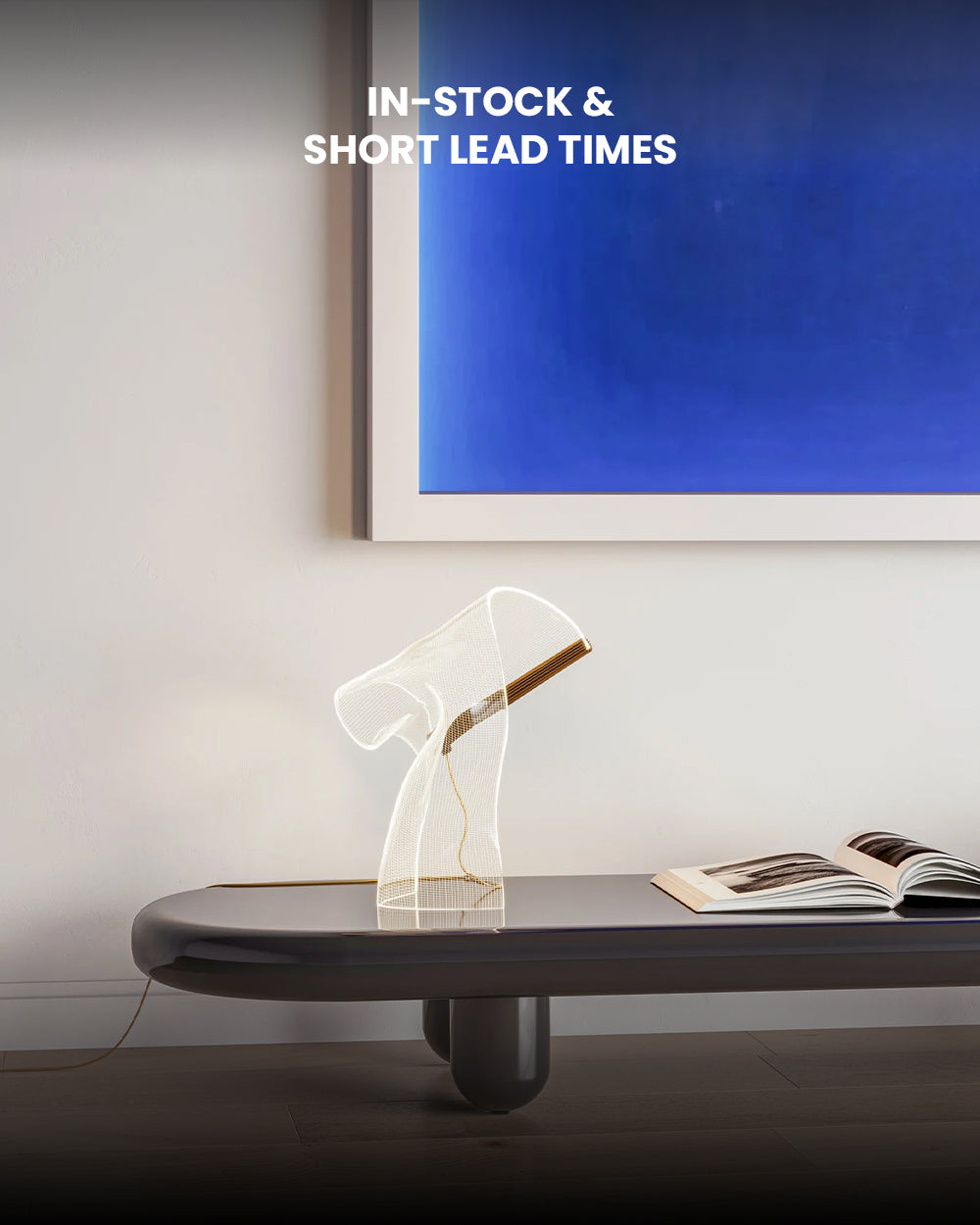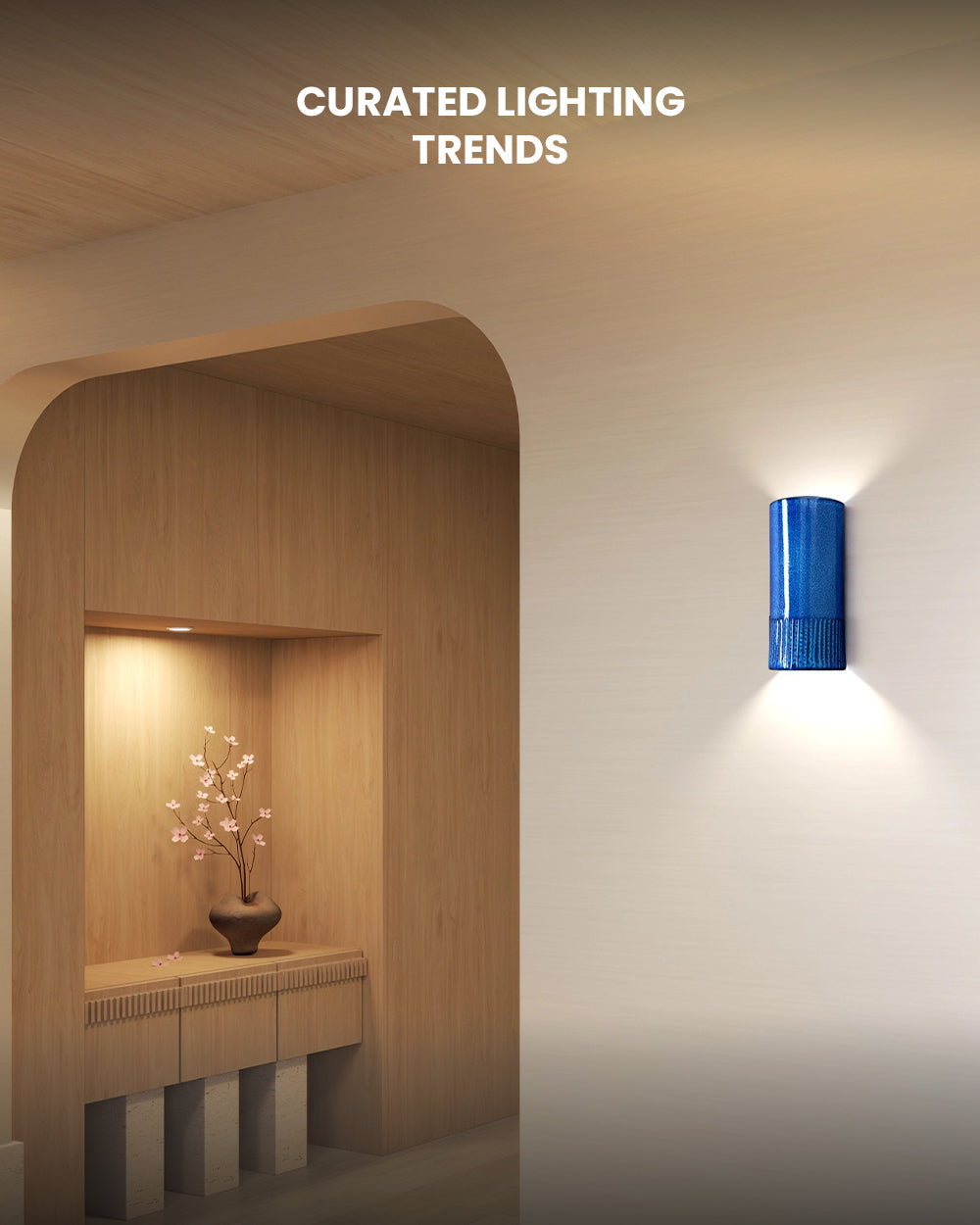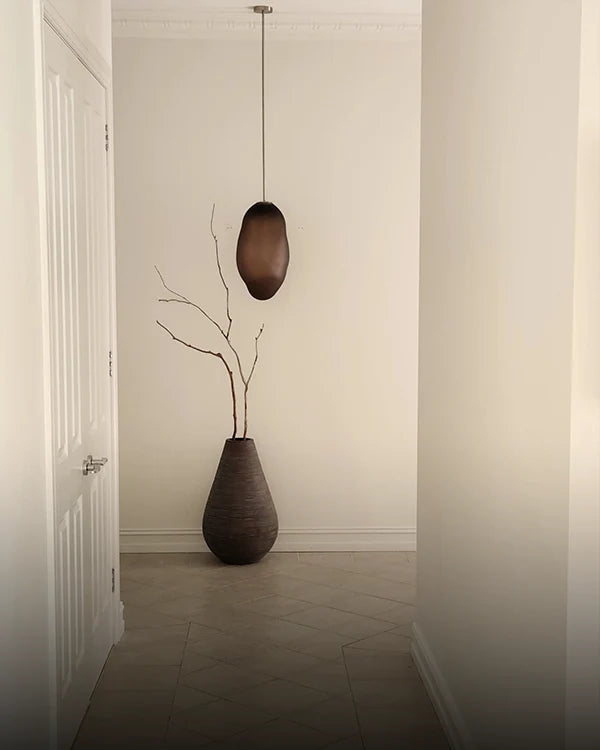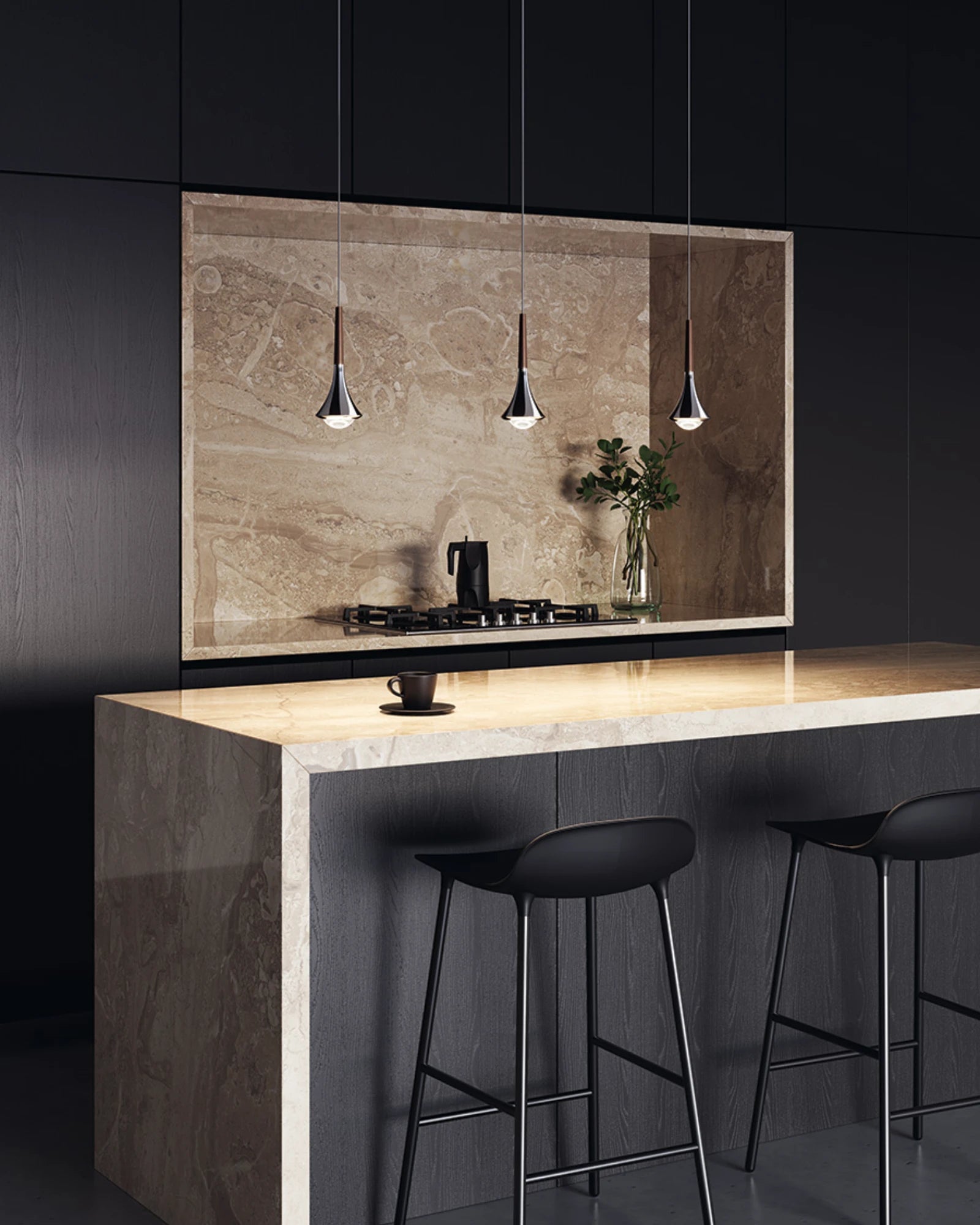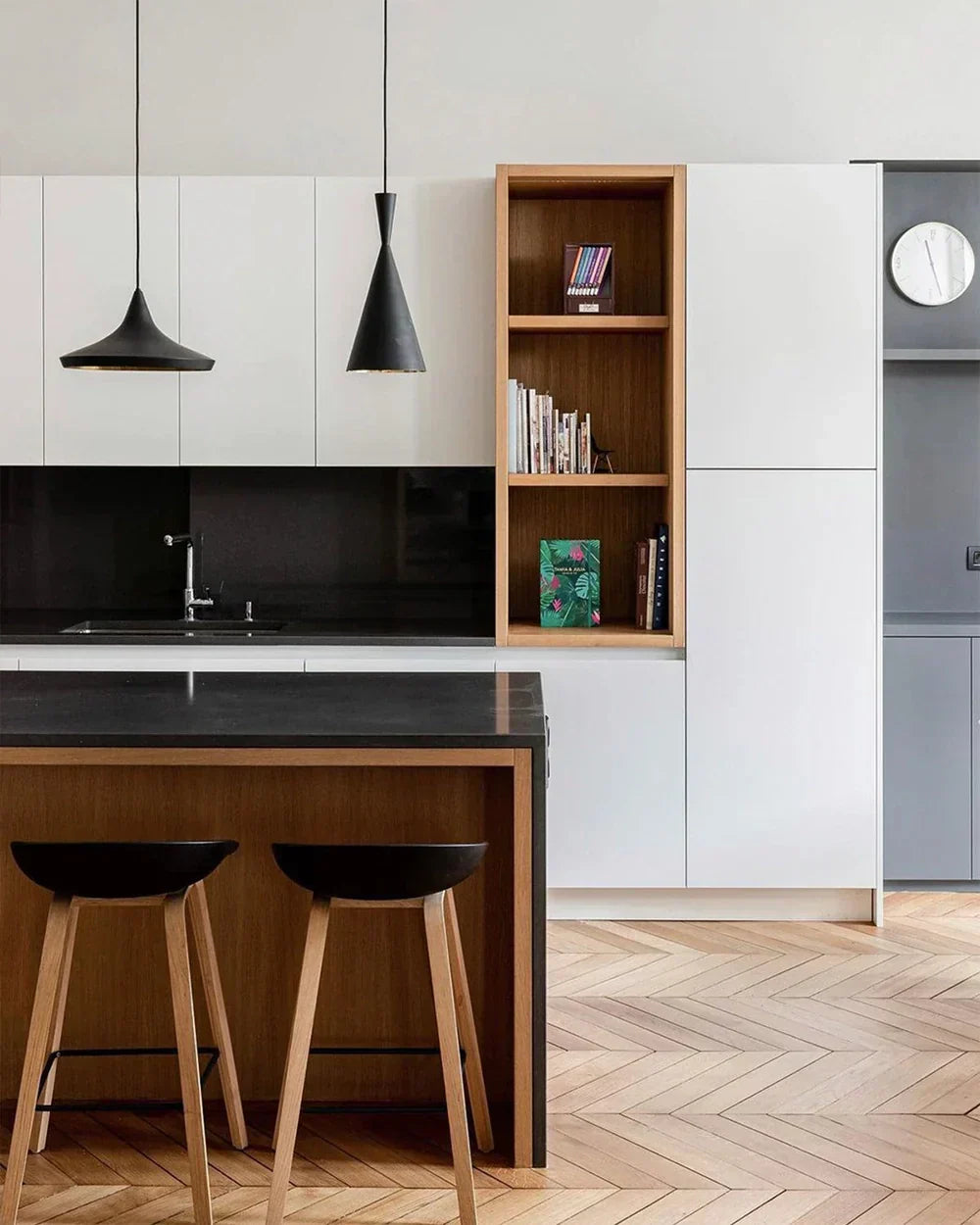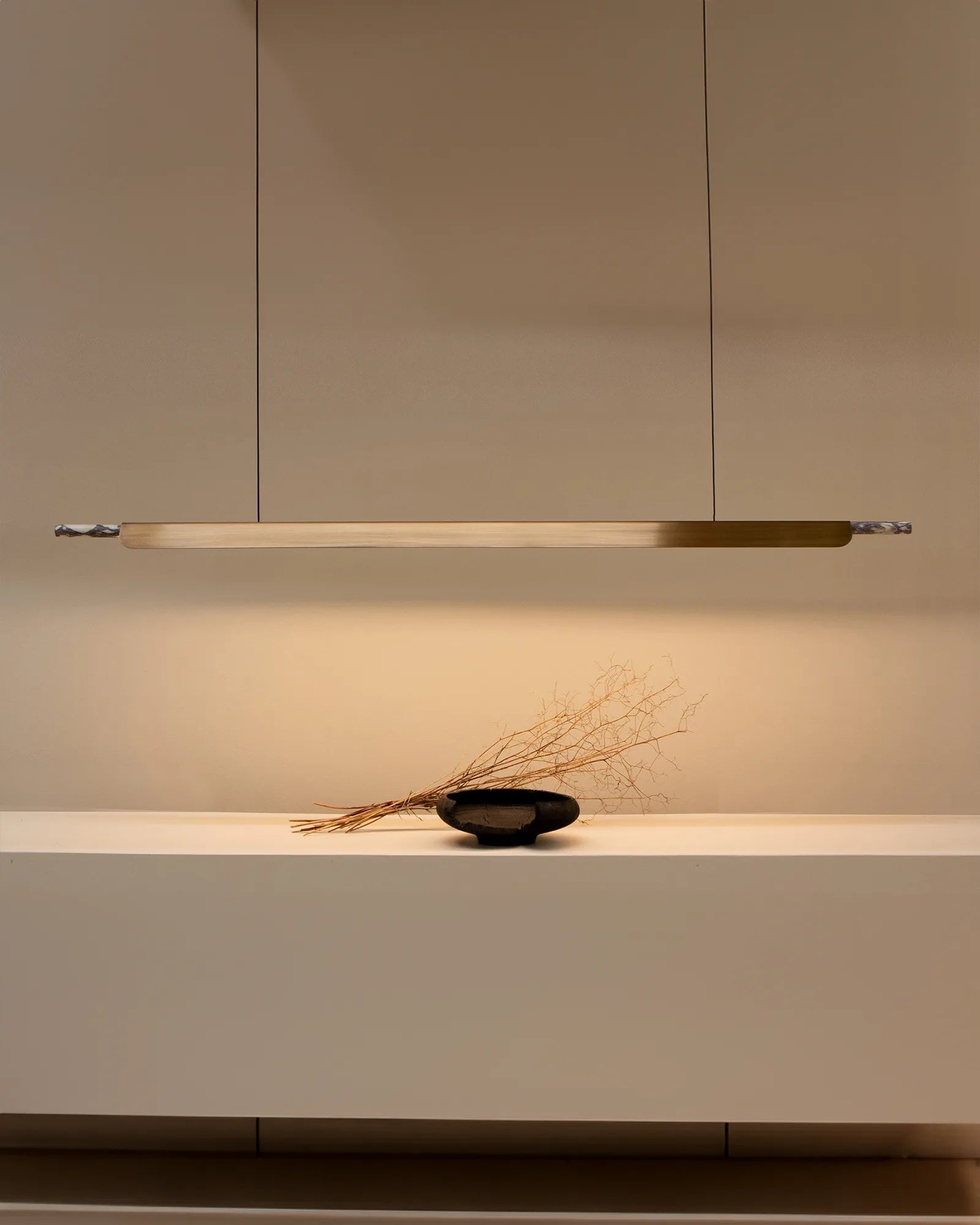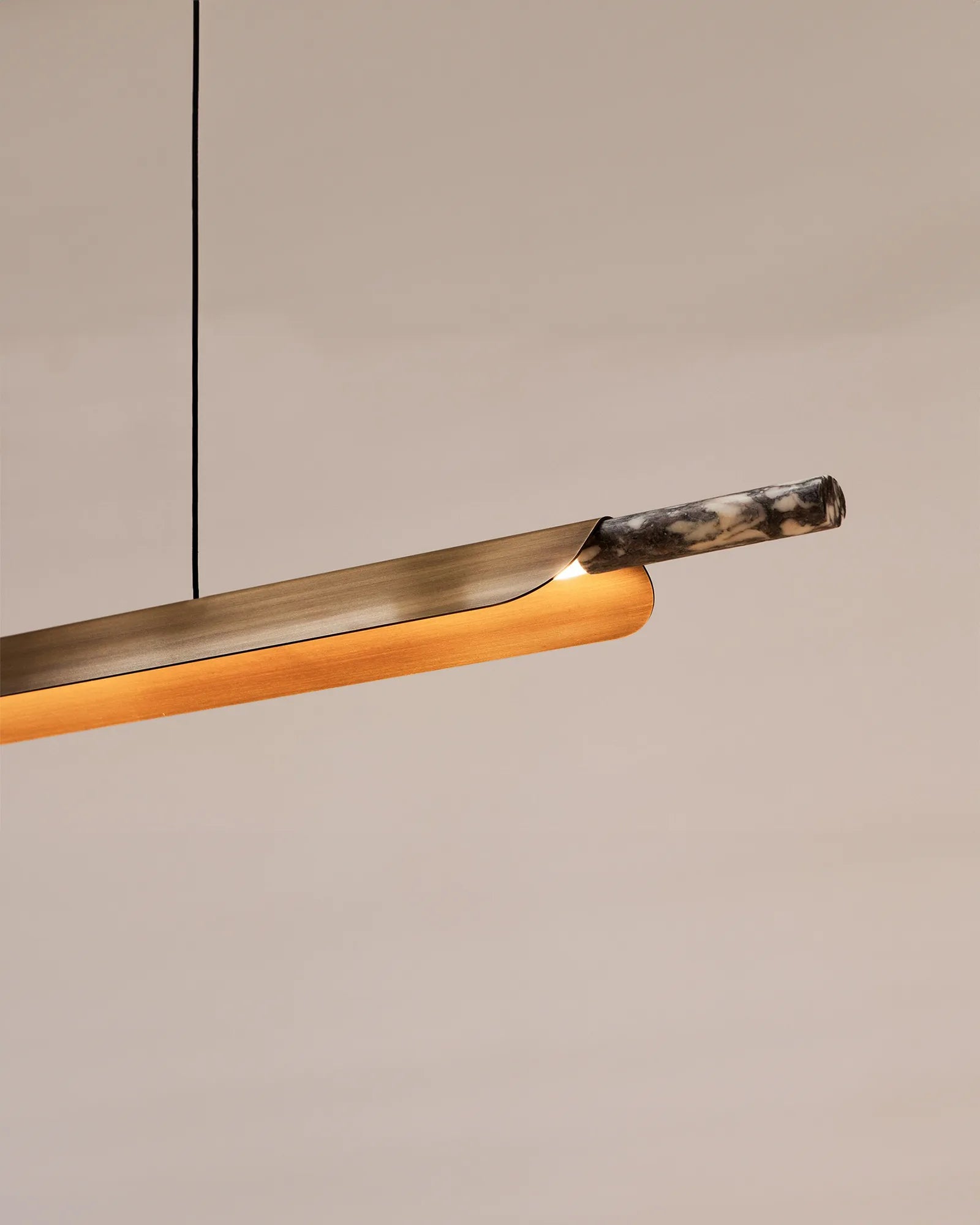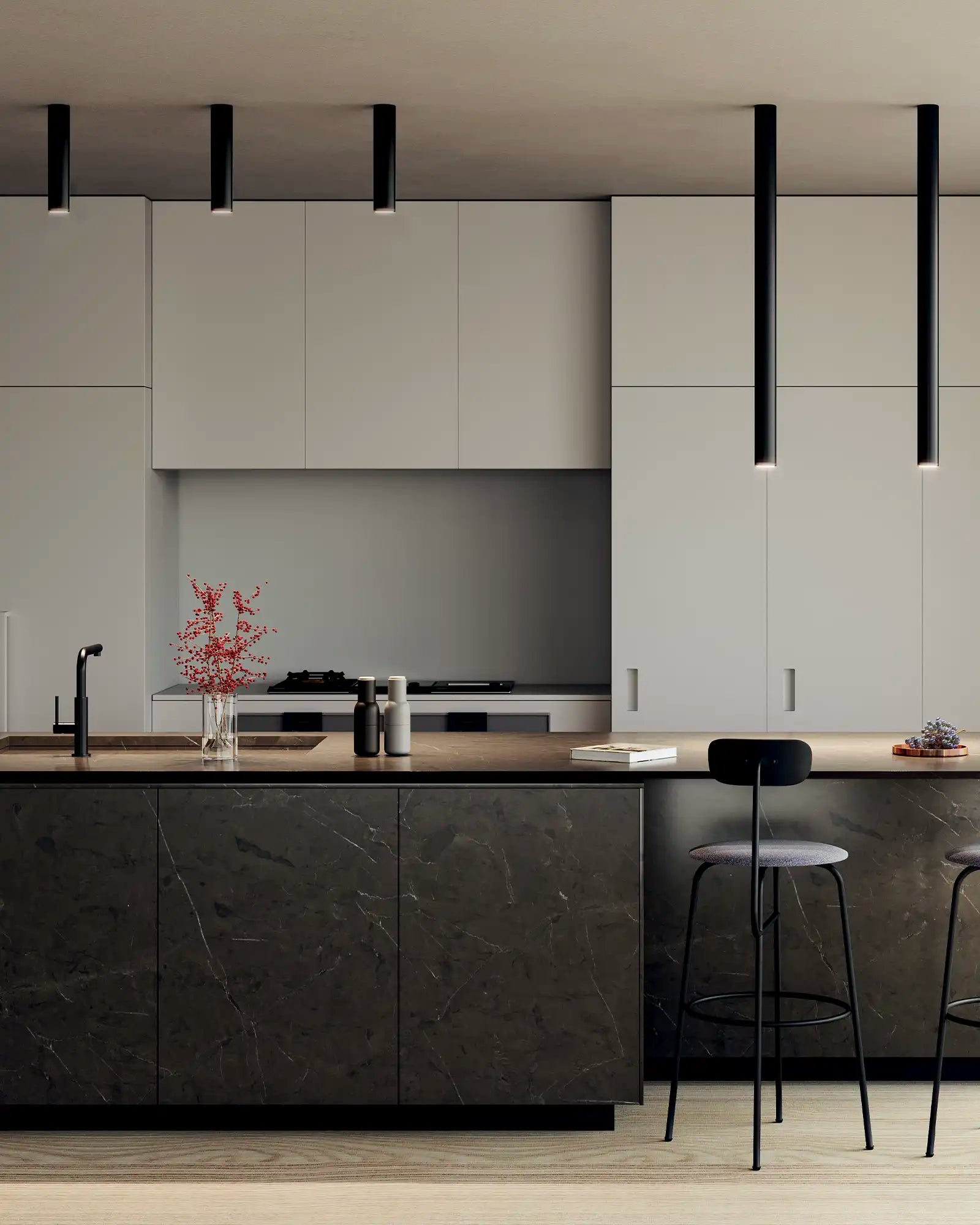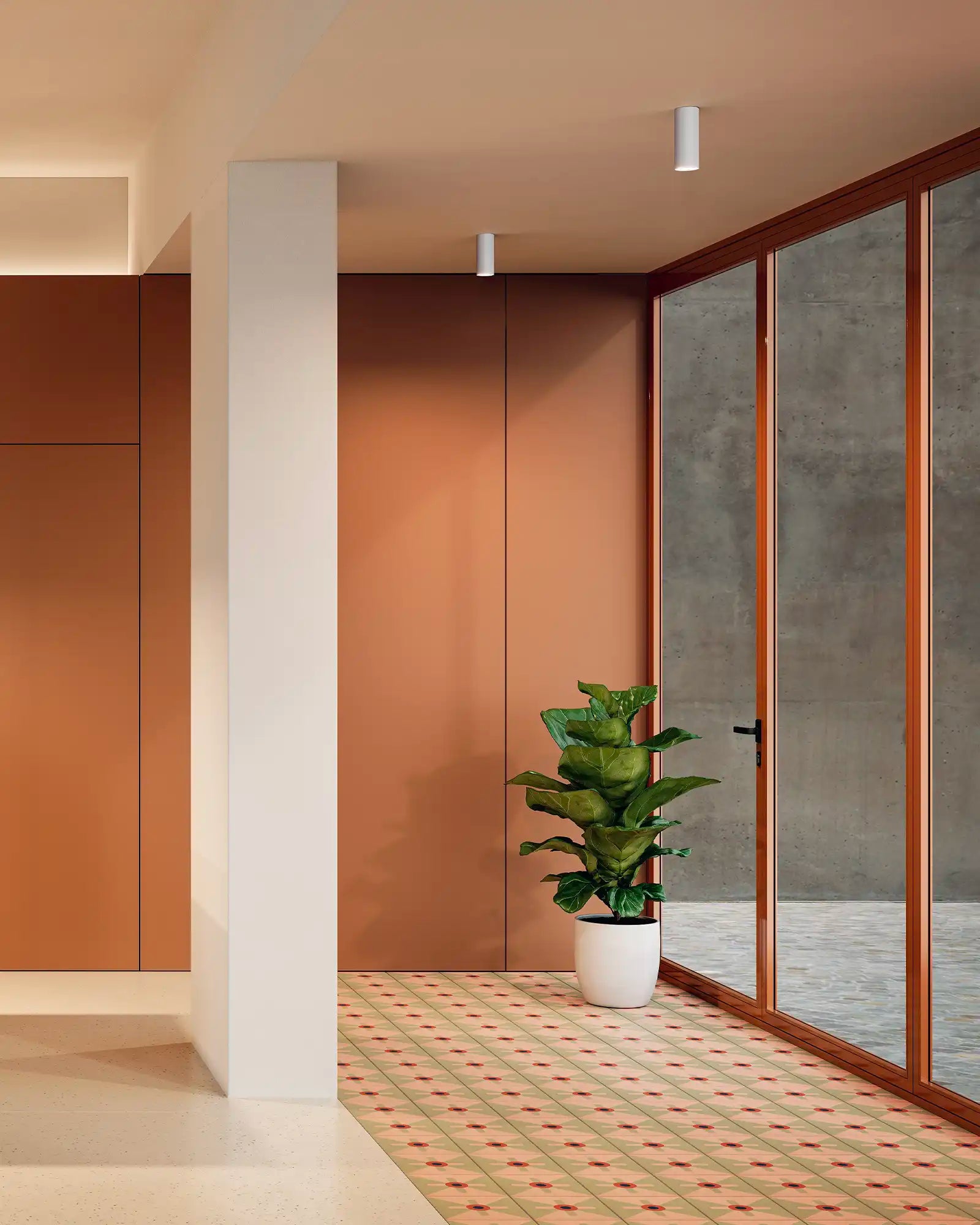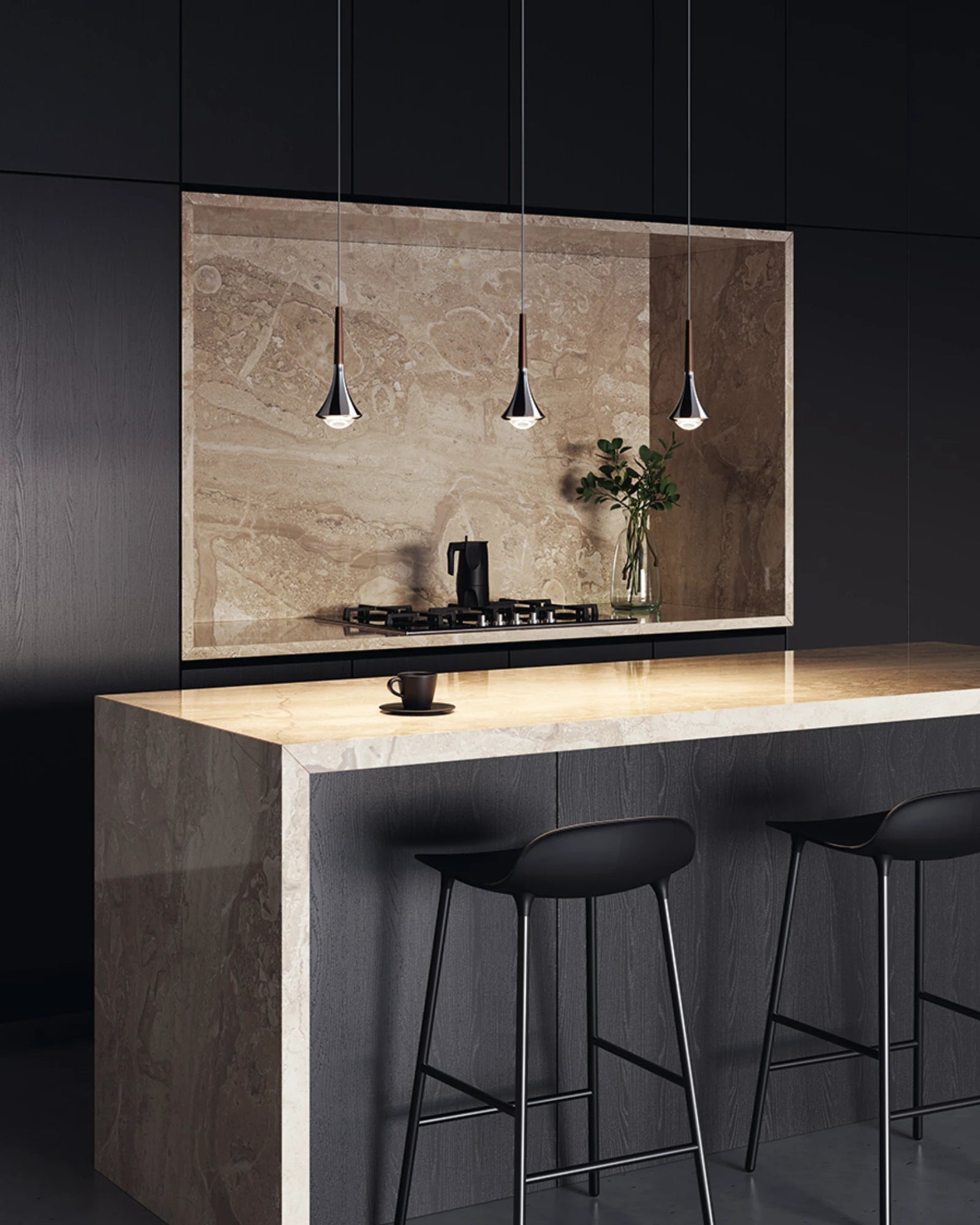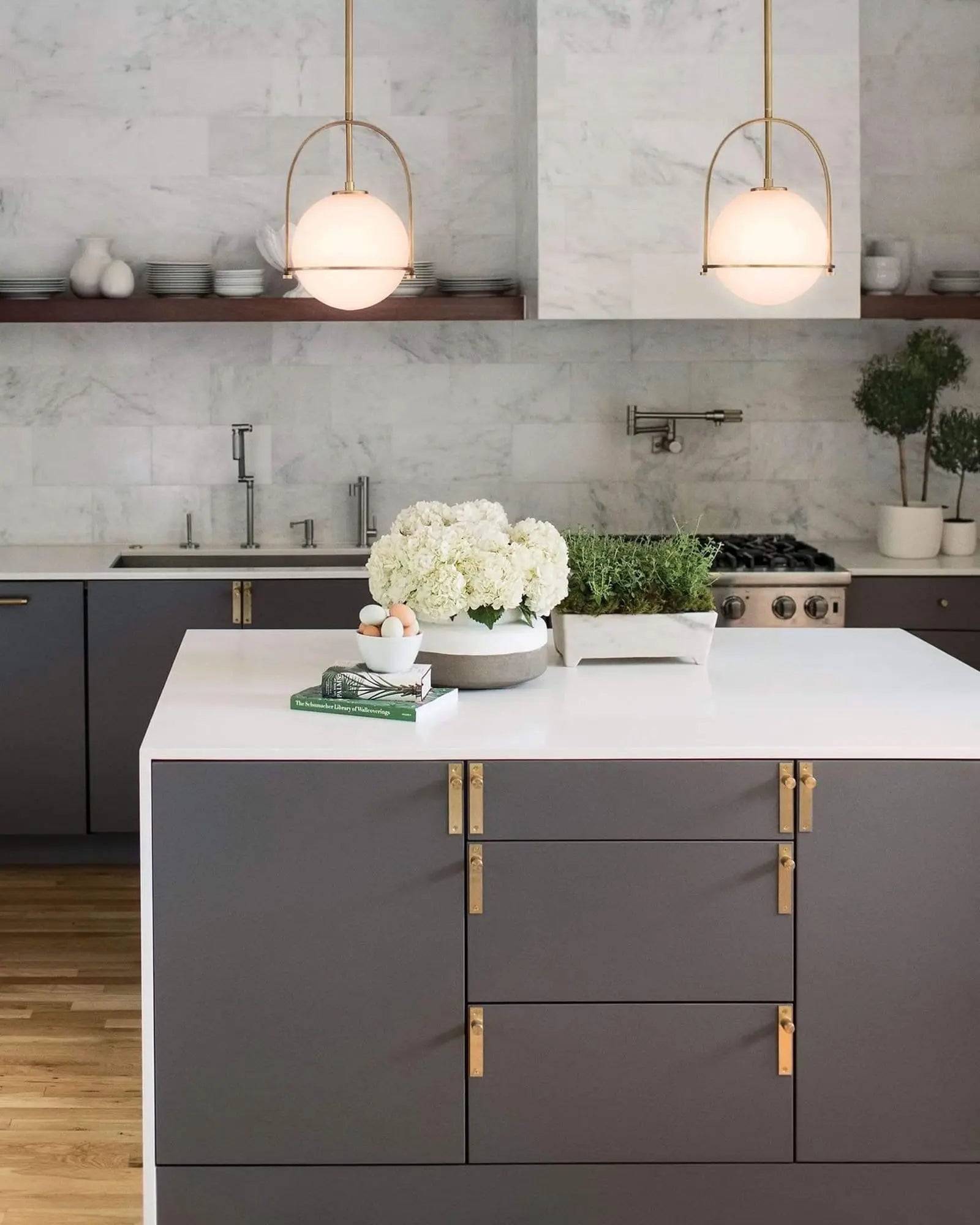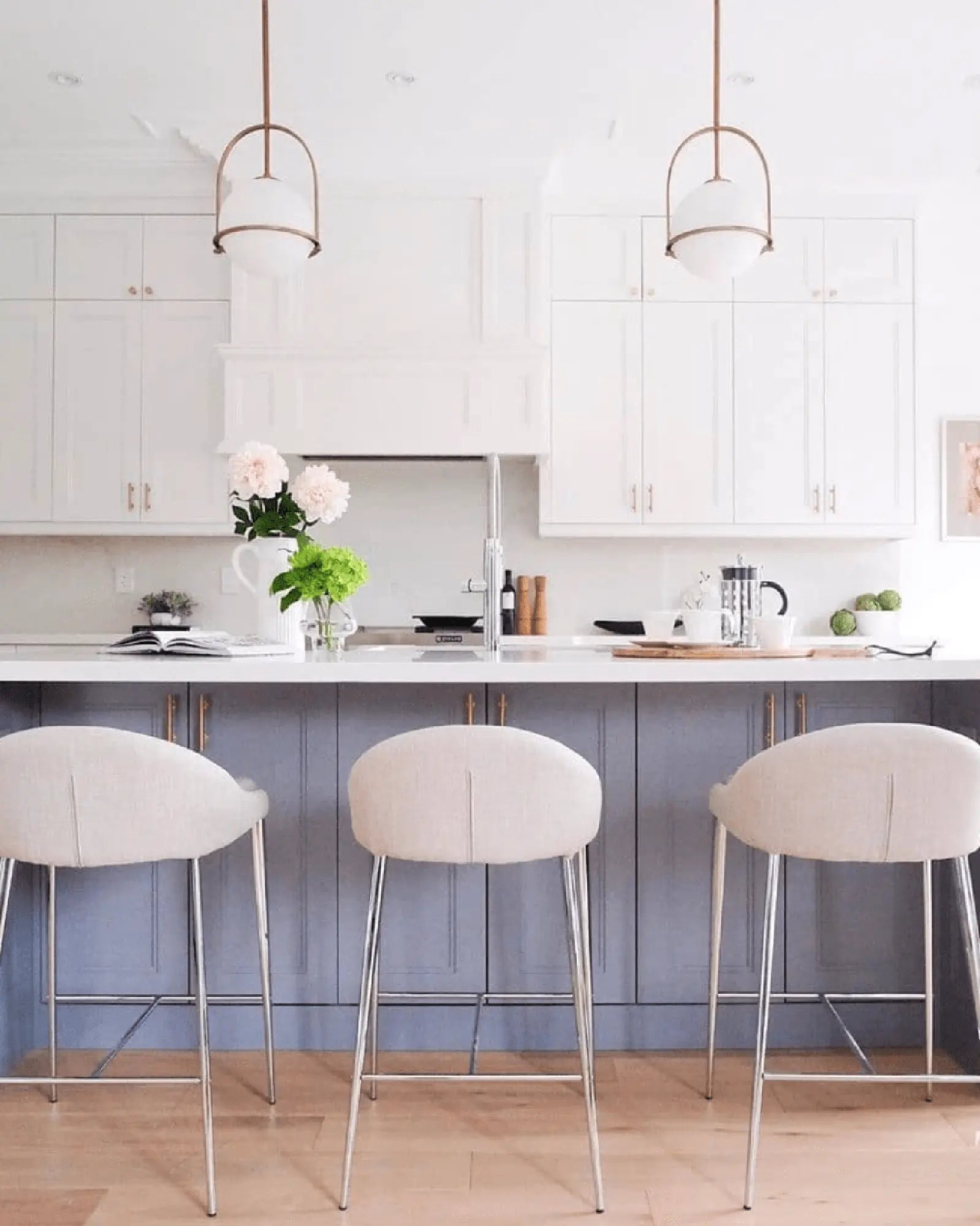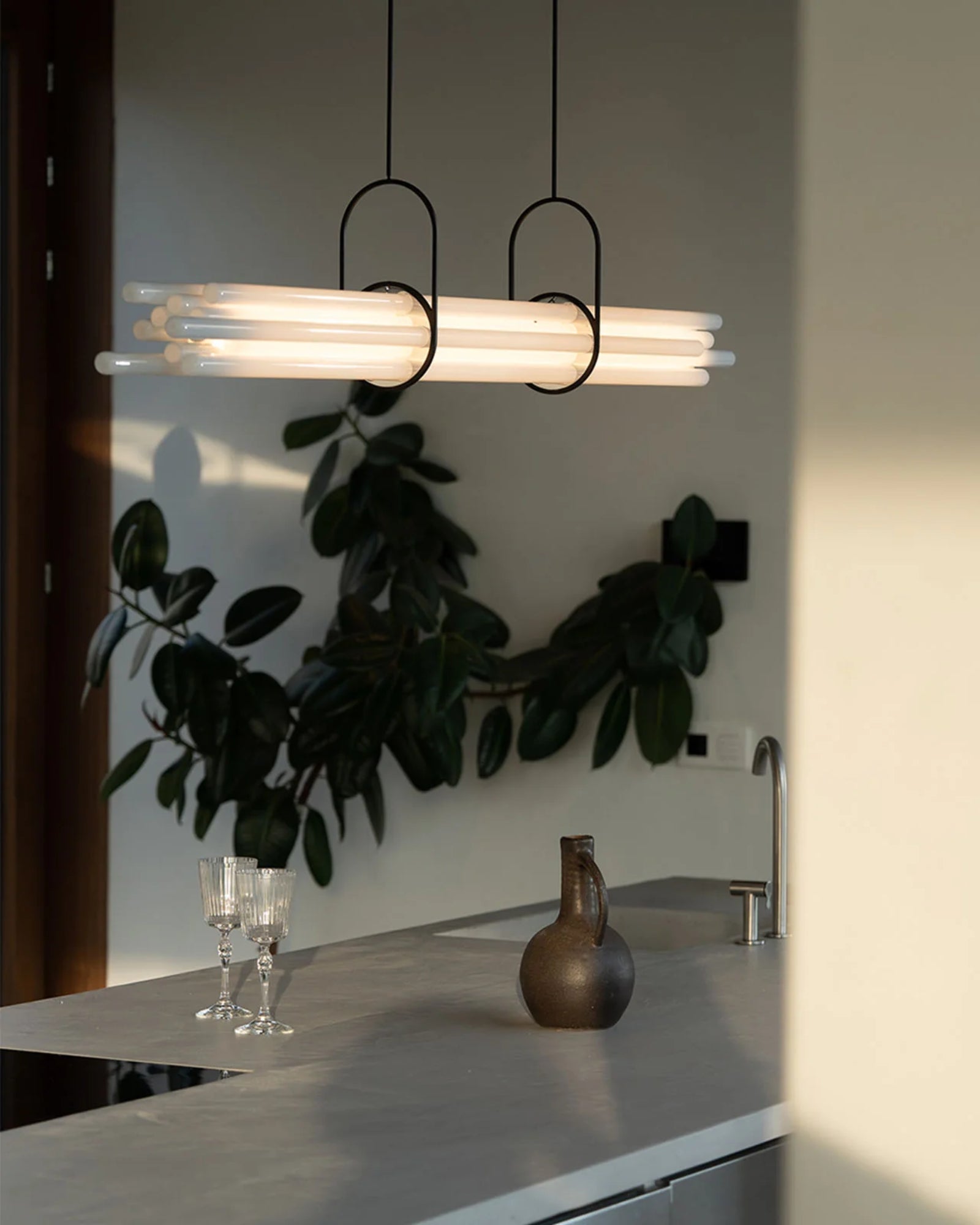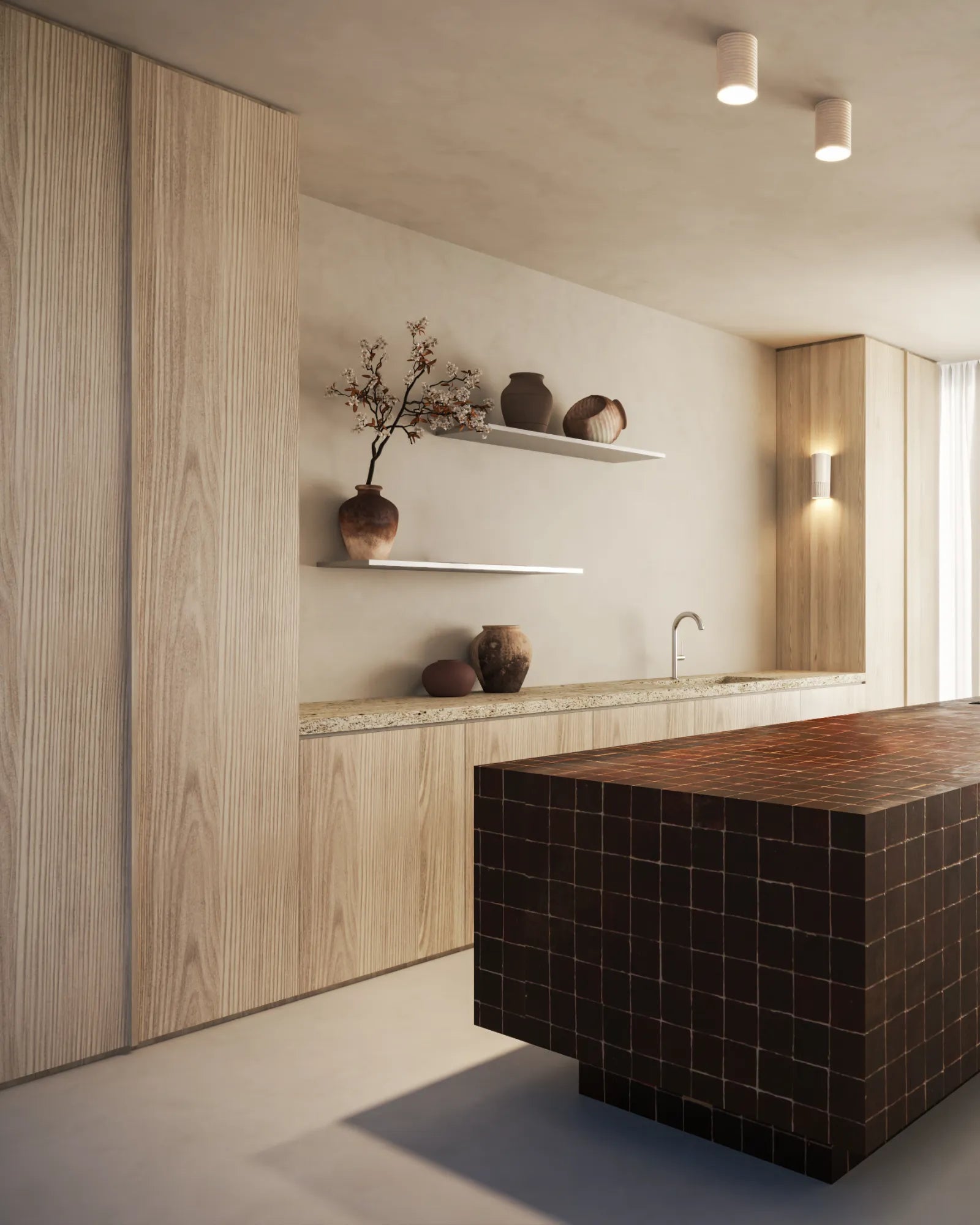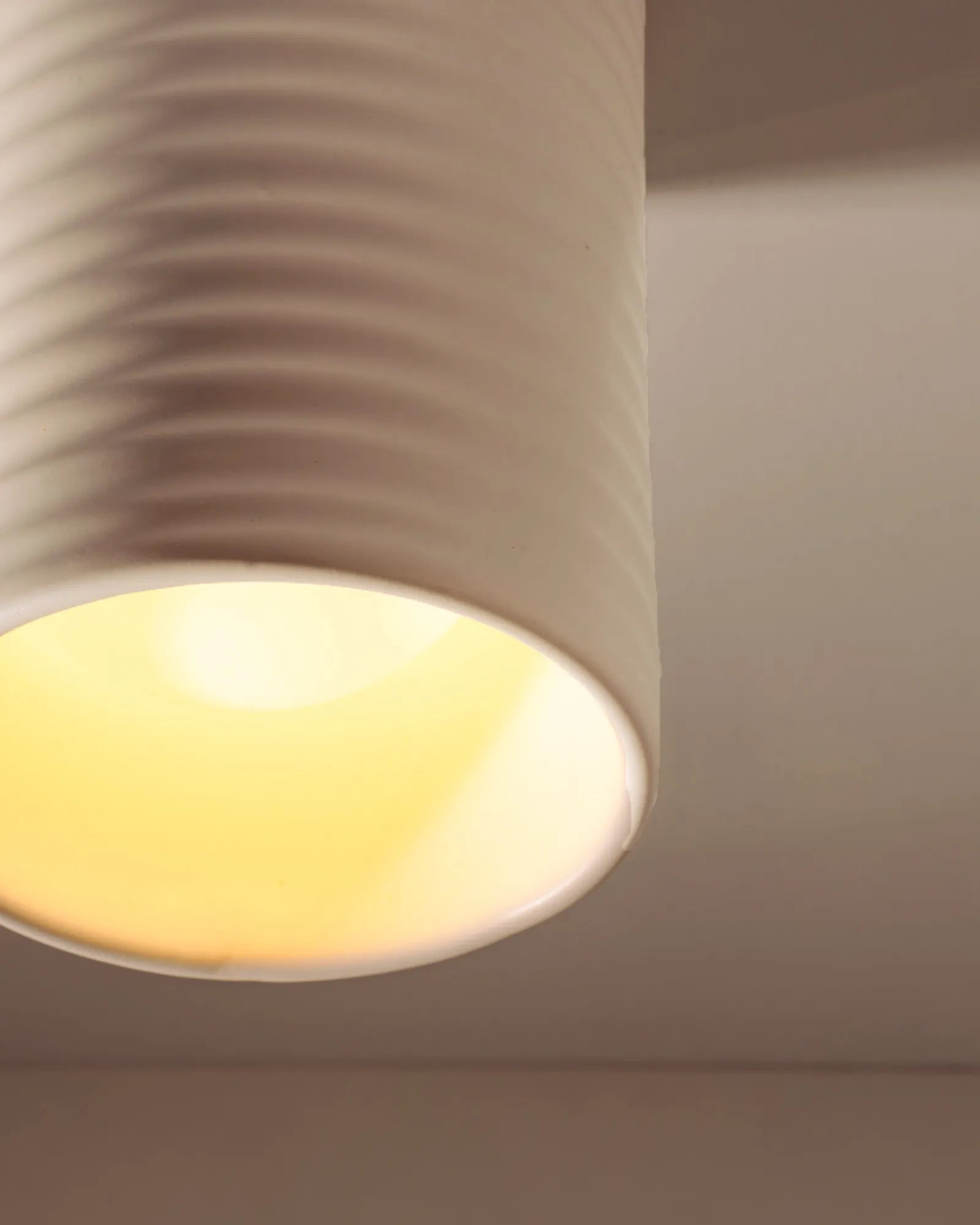Lighting is one of the most transformative elements in kitchen design. The right lighting scheme enhances functionality, sets the mood, and highlights the beauty of your space. Whether you’re cooking, entertaining, or enjoying a quiet breakfast, good lighting can make all the difference. In this guide, we’ll explore the best lighting for different kitchen layouts, break down popular styles, explain the difference between task and accent lighting, and share our top tips for a perfectly lit kitchen.
Lighting for Different Kitchen Layouts
Every kitchen shape benefits from a slightly different lighting approach:
L-Shaped Kitchens
- Best choice: Pendant lights over a breakfast bar or island, paired with recessed downlights.
- Why: Pendants add style and create a focal point, while downlights provide bright, even coverage.
- Best choice: Ceiling lights or evenly spaced can lights.
- Why: Narrow spaces need consistent illumination to avoid shadows and keep the space feeling open.
U-Shaped Kitchens
- Best Choice: If your U-shaped kitchen includes an island, opt for multi-pendant lights above the bench to create a striking focal point, complemented by task downlights over the worktops for practical illumination. If there’s no island, consider a centred ceiling light for general lighting, paired with wall lights near the sink to add accent lighting and highlight key work areas.
- Why: Layered lighting balances brightness and style in a layout with multiple work zones.
Island Kitchens
- Best choice: Statement linear pendants or a row of multi-pendant lights over the island, with downlights for general illumination.
- Why: The island is a focal point, perfect for decorative lighting that also works hard.
Three Popular Kitchen Lighting Styles
Among the many lighting options available, three styles have become the go-to choice for designers and homeowners alike.
Linear pendant lights are perfect for modern kitchens, especially those with islands or long worktops. Their sleek, elongated shape provides balanced light distribution while adding a contemporary touch. They work particularly well in galley kitchens, where a single statement piece can bring elegance without clutter.
 Multi-pendant lights, on the other hand, offer more flexibility in design. Whether hung in a straight line or clustered together, they add depth, dimension, and personality to the kitchen. They are a favourite choice for island kitchens, where lighting can be both decorative and practical.
Multi-pendant lights, on the other hand, offer more flexibility in design. Whether hung in a straight line or clustered together, they add depth, dimension, and personality to the kitchen. They are a favourite choice for island kitchens, where lighting can be both decorative and practical.
 Indoor downlights (or can lights) are the most versatile of all. They provide consistent, shadow-free illumination across the space and can be strategically placed to highlight specific work areas. Because they are discreet and flush with the ceiling, they suit any kitchen layout and pair well with other decorative lighting.
Indoor downlights (or can lights) are the most versatile of all. They provide consistent, shadow-free illumination across the space and can be strategically placed to highlight specific work areas. Because they are discreet and flush with the ceiling, they suit any kitchen layout and pair well with other decorative lighting.
Task Lighting vs Accent Lighting
A well-designed kitchen uses a balance of task lighting and accent lighting. Task lighting is bright, focused, and practical — it’s the lighting you rely on when chopping vegetables, reading recipes, or cleaning. Downlights above countertops, under-cabinet LED strips, and pendants over the island all fall into this category.
 Accent lighting, by contrast, is about atmosphere and design. It’s softer, more decorative, and often used to highlight features such as open shelving, textured splashbacks, or architectural details. Decorative pendants, wall lights, and cabinet uplighting create warmth and personality, turning your kitchen into an inviting living space rather than just a cooking zone.
Accent lighting, by contrast, is about atmosphere and design. It’s softer, more decorative, and often used to highlight features such as open shelving, textured splashbacks, or architectural details. Decorative pendants, wall lights, and cabinet uplighting create warmth and personality, turning your kitchen into an inviting living space rather than just a cooking zone.
Top Tips for Lighting a Kitchen
- Layer your lighting - combine ambient, task, and accent lighting for balance.
- Add dimmers to adjust light levels for cooking or entertaining.
- Use warm tones (2700K–3000K) for a welcoming feel.
- Highlight your island to make it the star of the space.
- Avoid shadows by positioning lights in front of work areas.
In short, lighting isn’t just a finishing touch - it’s an integral part of kitchen design. From the clean lines of linear pendants to the charm of multi-pendant clusters and the reliability of downlights, choosing the right mix will create a space that’s both functional and beautiful.


